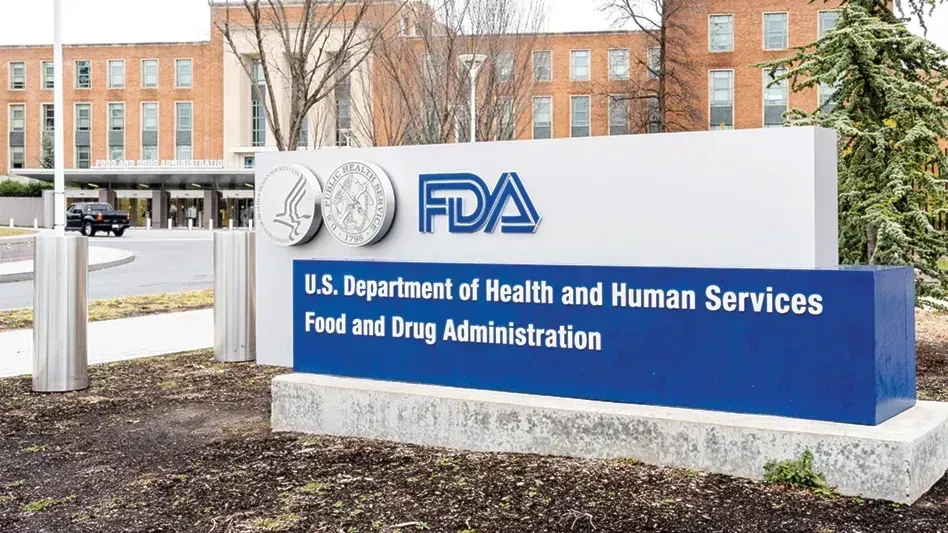Only about one-fourth (27%) of the survey respondents stated that the facility in which they work purchases or performs fumigation services. But they have even more reasons for including fumigation as a part of their pest control services than other respondents have for not doing so. In this section, we discuss the who, what, where, when and why of fumigation at food facilities.
• Who. With the extensive chemical, application and safety knowledge and training required of a fumigator, it’s no surprise that a significant majority of respondents (75%) have fumigation services provided only by a pest control company. (Table 5)
• What. Several products are registered by the EPA as fumigants, and that was well evidenced by the more than half of respondents (58%) selecting “other” over, or in addition to, phosphine (25%) and sulfuryl fluoride (14%) as the fumigants used at their facility. (Table 6)
• Where. While many fumigation applications are performed in specific areas of need, more than half of the survey respondents (53%) said that fumigation was most often conducted throughout the whole structure. Trailer (31%), food product warehouses (25%) and equipment (22%) were the next most common application sites. (Table 7)
• When/Why. Given all that, when and why is fumigation typically implemented? While nearly one-fifth (19%) stated that fumigation was used only as a last resort, it was more commonly used anytime that a stored product pest infestation is detected (31%), or when it is recommended by the facility’s pest control specialist (31%). (Table 8)

Facilities that don’t use fumigation: What are the reasons?
Nearly three-fourths of survey respondents (73%) said that their facility did not purchase or perform any fumigation services. They cited a number of reasons for this, with the most common reason being that they have not had the need for fumigation (60%). Other reasons included:
- 15% do not want the pesticidal exposure of fumigation.
- 14% are not permitted by regulation to use fumigants in the facility.
- 4% are not permitted by their company.
- 3% do not know enough about fumigation.
There is a validity to the rationale of those not wanting the pesticidal exposure of fumigation, as fumigants are highly toxic. However, because of that, they are regulated by three primary agencies — the Environmental Protection Agency (EPA), the Occupational Safety and Health Administration (OSHA) and each state’s agency in charge of pesticides/pest control. Additionally, fumigants are classified by the EPA as restricted use pesticides, meaning they can be purchased and used only by certified applicators only as directed on the label and as covered by the certified applicator’s certification.
Even with appropriate certification and care, however, a low percentage (4%) of respondents stated that their company does not permit fumigation in the facility. For the 3% who chose to not purchase or perform fumigation because they do not know enough about it, perhaps this report will provide some further understanding.
Irrespective of the reason for not purchasing or performing fumigation, when asked if the facility would consider it in the future, only 37% said they would not. Others said yes, they would, if the need arose (27%) or if fumigation were to be recommended by a pest control specialist (14%).

Get curated news on YOUR industry.
Enter your email to receive our newsletters.
Explore the May June 2021 Issue
Check out more from this issue and find your next story to read.
Latest from Quality Assurance & Food Safety
- Penn State Course Covers Fundamentals of Food Science
- Joint FAO/WHO Expert Committee on Food Additives Seeks Experts
- FDA Reschedules Webinar on Updated ‘Healthy’ Claim
- Thousands More Laid Off at FDA, CDC in HHS Restructuring
- USDA Extends Deadline on Request for Information for Poultry Quality Standards
- Dessert Holdings Issues Allergy Alert on Undeclared Pecans in Favorite Day Cheesecake
- Idaho Smokehouse Partners Recalls Beef Sticks Due to Possible Foreign Matter Contamination
- IDFA Leadership Symposium Set for June 23-26






